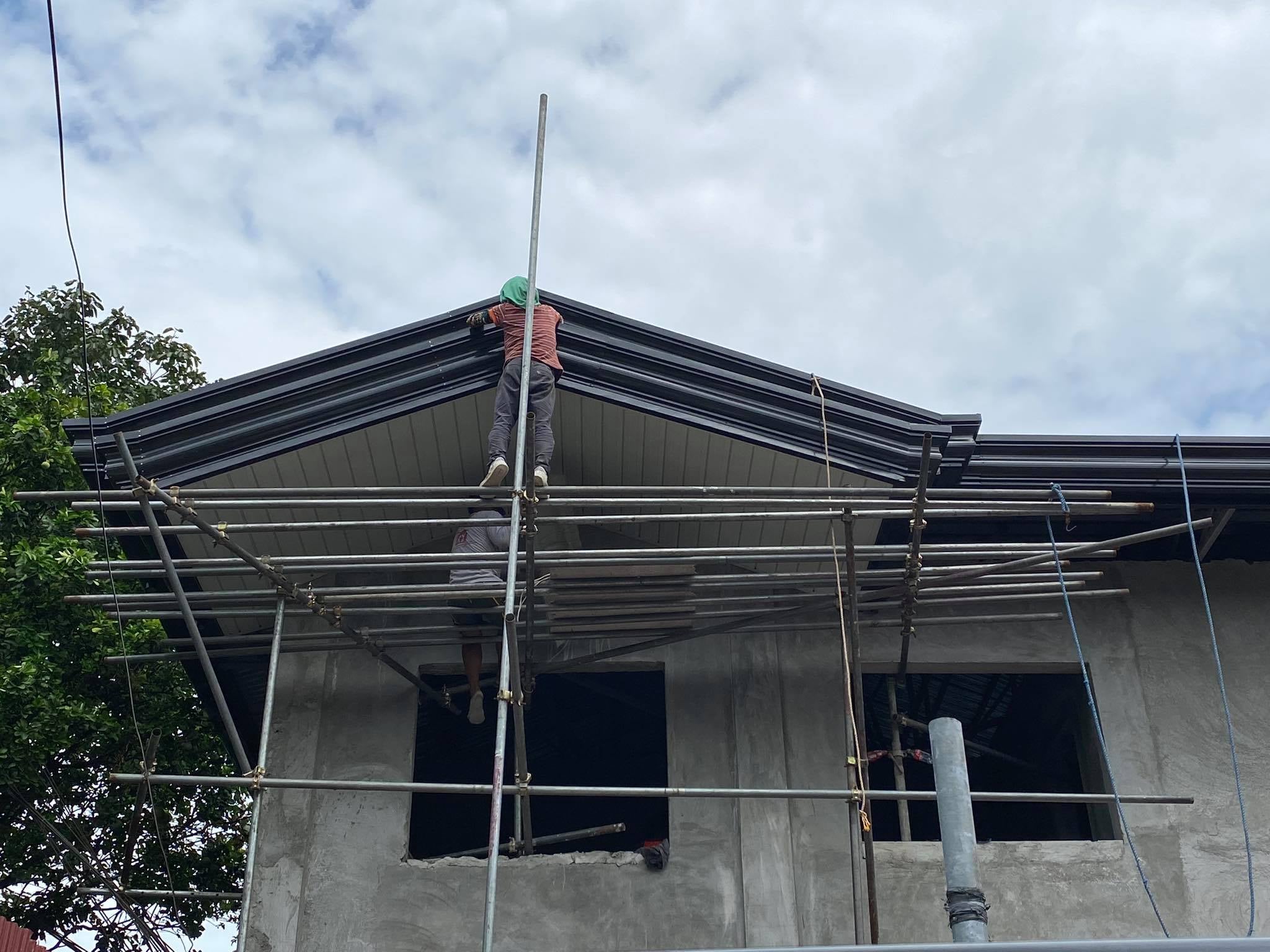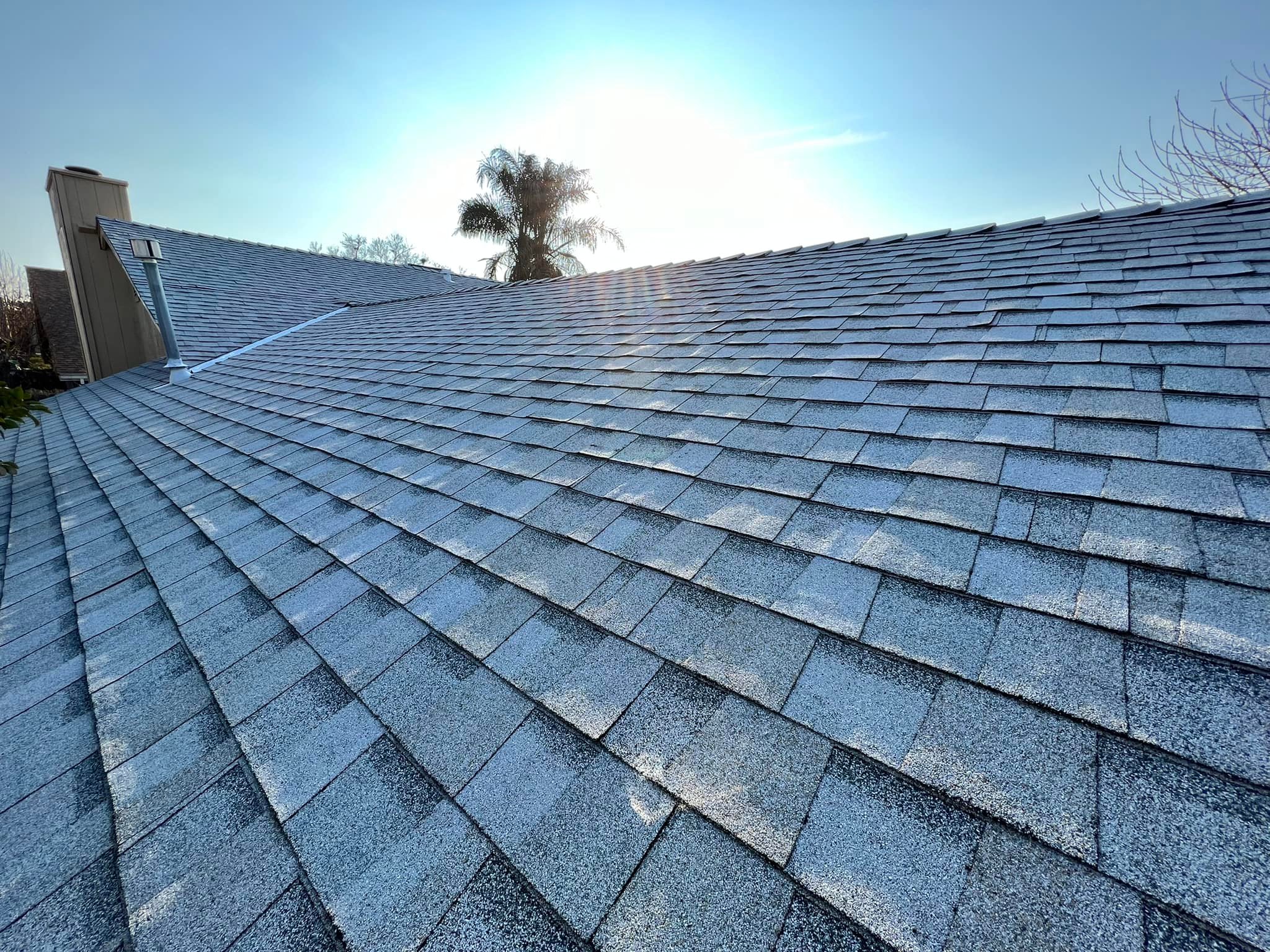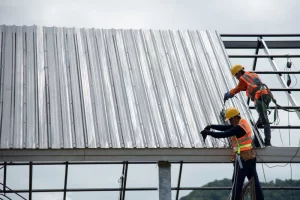The Ultimate Guide to Understanding the Roof Pitch Factor
Roof pitch factor is a key measure of roof steepness that helps to determine the amount of roofing materials needed, as well as how much water will run off during heavy rains. It also affects both the roof’s aesthetics and energy efficiency. Understanding roof pitch factor can help you make informed decisions when constructing or repairing a roof, so it pays to know what this measurement entails. In this article, we will explore roof pitch factor in more detail and explain why it is important for roof construction.
Simply put, roof pitch factor is the ratio between the roof’s vertical rise and its horizontal run. This helps roofers determine how much roofing material will be needed to construct or repair a roof, as steeper roofs require more materials than flatter ones. It also affects how well a roof can handle heavy rains; steeper roofs allow water to run off faster, while flatter roofs tend to be more susceptible to pooling water.
This roof pitch factor also affects roof aesthetics and energy efficiency. For example, steeper roof pitches provide more dramatic roof lines that can give a home a modern look, while flatter roof pitches create a more subtle roof line that works well for traditional homes. In terms of energy efficiency, roof pitch plays an important role in how much heat is lost or gained through the roof; steeper roofs are more efficient since they allow for better air flow and insulation.

When determining roof pitch factor, roofers measure from the highest point of the roof to a point 12 inches away horizontally on the roof. This measurement is then divided by the roof’s horizontal run, and expressed as a factor or ratio. Common roof pitch factors include 4/12, 6/12, 8/12 and 12/12.
It is important to note that roof pitch factor can vary significantly depending on the roof’s material and design; for example, metal roofs tend to have lower roof pitches than shingle roofs. Additionally, roofers must consider other factors when determining roof pitch factor such as roof load requirements and local building codes.
Understanding roof pitch factor is essential for roof construction or repair projects. This measure affects how much roofing material will be needed and how well the roof can handle heavy rains. It also plays a role in roof aesthetics and energy efficiency, making roof pitch factor an important consideration for any roofing project. With this guide to roof pitch factor, you can be better equipped to make informed decisions when it comes to roof construction or repair projects.
The roof pitch factor is a critical measure of roof steepness that roofers must consider when constructing or repairing a roof. Knowing what roof pitch factor entails and why it is important for roof construction can help you make informed decisions about roofing projects. With this guide, you now have a better grasp of roof pitch factor so you can be better equipped to handle any roofing project!

Indy Roof Rangers
https://www.google.com/maps?cid=2247677804134186354
5339 W Minnesota St, Indianapolis, IN 46241, United States
(317) 244-7663
https://indyroofrangers.com/




